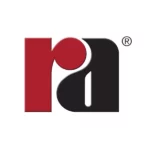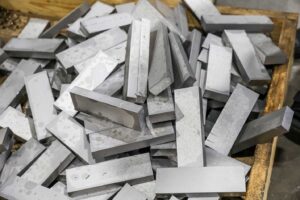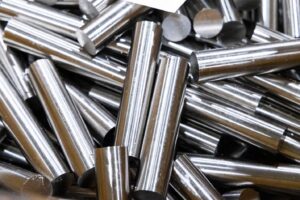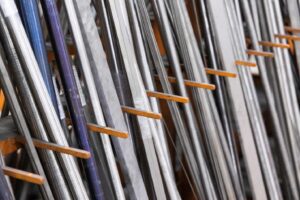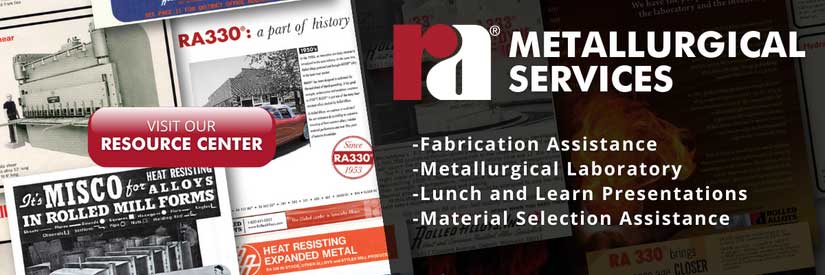There is a lot of confusion about the condition that age-hardenable materials, such as 17-4 or 718 are in. Are they annealed, solution annealed, or aged; and how can you tell?
Age-hardenable materials are heat treated to a particular sequence:
- Solution Treating (also called solution annealing or annealing)
- Quenching (air cool or liquid quench)
- Aging
Solution treating is done at a high enough temperature to facilitate the diffusion of all the constituents into solution. Quenching is to freeze everything in solution that would normally not stay in solution. Aging can be a one step or two step process (a step is a temperature or a cycle) that allows a second phase to precipitate. These precipitates increase the strength of the material.
Solution treating can produce a very soft or hard material depending on the phase equilibrium. Solution aging 718 produces a soft material. In 17-4, a hardened material is obtained. The aging process hardens 718. It also hardens 17-4 at the lower aging temperatures, but as the aging temperature increases, the effect of tempering overtakes the increases imparted by the precipitation process.
Below is how one could tell if a material is supplied in the solution-treated condition:
- Look at the specification itself. AMS 5662 and AMS 5604 require materials to be solution treated and precipitation hardenable. Hardenable is the crucial word, implying that a material is not hardened. Furthermore, the specification states that each product form is furnished in the solution-treated condition.
- Mill test certification will show the applicable specification. It may also show that the material is capable of meeting a different specification requiring the actual aging heat treatment.
- On the mill certification under the product description, it will show the alloy and that it is either annealed, solution annealed, or solution heat treated.
- Some mill certifications will list the actual product heat treatment and show a separate capability heat treatment. When you see the word capability, the material is solution treated.
Some other mill certifications will separately list the mill heat treatment as solution anneal and show an additional laboratory heat treatment of a sample only.
Most precipitation-hardenable materials are supplied in the solution heat-treated condition and will be aged much later. To meet specifications, samples are precipitation hardened to demonstrate that the lot can be heat treated (at a later time) and meet all specification requirements.
Conversely, the information that informs one that the material has been aged includes:
- Look at the specification itself. AMS 5663 and AMS 5643 require material to be furnished in the solution heat-treated and precipitation-hardened condition.
- The mill certification will show the applicable specification requires the material to be solution heat treated and precipitation hardened.
- Under the product description, the mill certification will show that the material is supplied in the solution heat-treated and precipitation-hardened condition.
- Mill certifications will either show that the product received both heat treatment steps, or there will be no statement of laboratory heat treatment, only product heat treatment.
Please contact the Rolled Alloys Metallurgical Services group at 1-800-521-0332 or submit your questions below.
Buy Online Anytime
Our dashboard makes it even easier to shop online anytime from anywhere. Quote, buy, and track 24 hours a day.

Trade Shows
Come talk to a Rolled Alloys representative in person about your project. You can find us at these trade shows.

March Mania 2025
Every Online Order in March is a Chance to Win One of 8 Great Prizes!
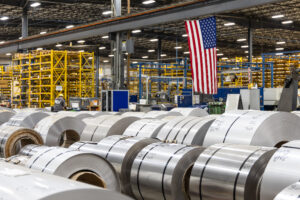
Instant Pricing on Nickel, Stainless Steel, Duplex, and Titanium
Get real-time pricing and availability for nickel, stainless steel, duplex, and titanium—all in one place.
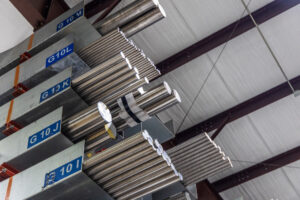
New and Expanded Stock for 2025
New Titanium, Stainless, Nickel and Cobalt in Stock Now – CP Ti Grade 2, 635, 718 and More!
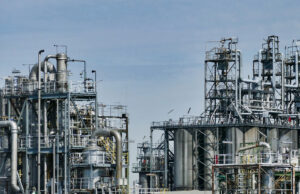
History and Uses of Alloy 800
Discover the evolution of Alloy 800, from its origins during the 1950s to modern derivatives like Alloy 800H/800HT. Learn about its high-temperature strength, petrochemical applications, and commercial availability today.
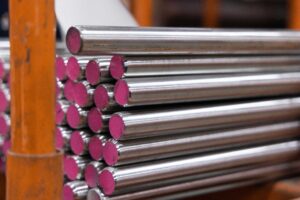
New Bar Stock Available
New Round and Flat Bar Products in Stock at Rolled Alloys



